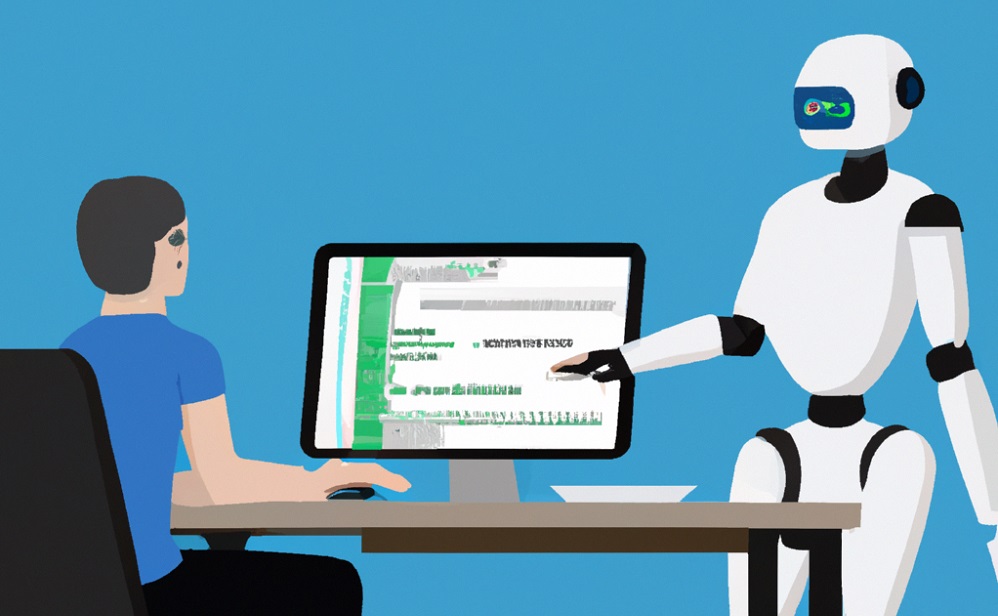
Image Source: Google
Chatbots have become an integral part of our digital interactions, offering a personalized and efficient way to engage with users. As a programmer, developing chatbots requires more than just writing code; it involves understanding the nuances of human conversation and designing a user-friendly experience. Here are some tips to help you find the best chatbot programmer.
Understanding User Intent
One of the key aspects of creating effective chatbots is understanding the user's intent and providing relevant responses. Here are some strategies to help you better understand user intent:
Data Collection
- Collect and analyze user data to identify common queries and patterns.
- Use tools like Google Analytics or chatbot analytics to track user interactions.
Natural Language Processing
- Implement natural language processing (NLP) techniques to interpret user messages and extract key information.
- Use libraries like NLTK or spaCy to preprocess and analyze text data.
Designing Engaging Dialogue Flows
The dialogue flow of a chatbot plays a crucial role in keeping users engaged and guiding them towards their goal. Here are some tips for designing engaging dialogue flows:
Personalization
- Personalize the conversation based on user preferences or past interactions.
- Use variables to dynamically adjust responses and provide relevant information.
Conversation Design Principles
- Follow conversation design principles such as clarity, context, and consistency.
- Avoid using complex language or jargon that might confuse users.
Implementing Advanced Features
Adding advanced features to your chatbot can enhance its functionality and provide a more interactive user experience. Here are some advanced features to consider implementing:
Integration with APIs
- Integrate your chatbot with third-party APIs to fetch real-time data or perform actions like booking a reservation.
- Use tools like Postman or Swagger to explore and test APIs before integration.
Multi-turn Conversations
- Enable multi-turn conversations to maintain context and provide more personalized responses.
- Use state management techniques to track the conversation flow and user responses.
Testing and Iteration
Testing is a critical part of chatbot development to ensure its functionality and effectiveness. Here are some best practices for testing and iterating on your chatbot:
User Testing
- Conduct user testing sessions to gather feedback on the chatbot's usability and performance.
- Iterate on user feedback to improve the chatbot's conversational flow and responses.
Automated Testing
- Implement automated testing scripts to verify the chatbot's functionality across different scenarios.
- Use tools like Selenium or TestNG for automated testing of chatbot interactions.
Deploying and Monitoring
Once your chatbot is ready, deploying it to the desired platform and monitoring its performance is essential for ongoing improvements. Here are some tips for deploying and monitoring your chatbot:
Platform Integration
- Integrate your chatbot with messaging platforms like Facebook Messenger or Slack for wider reach.
- Follow platform-specific guidelines for deploying and managing chatbots effectively.
Performance Metrics
- Track performance metrics such as response time, user satisfaction, and completion rate to measure the chatbot's effectiveness.
- Use tools like Google Analytics or custom dashboards to monitor and analyze chatbot performance.
Conclusion
Developing chatbots as a programmer involves more than just coding; it requires a deep understanding of user intent, engaging dialogue design, and continuous iteration for improvement. By following the art of crafting chatbots outlined in this article, you can create chatbots that deliver personalized and seamless conversations for users.
